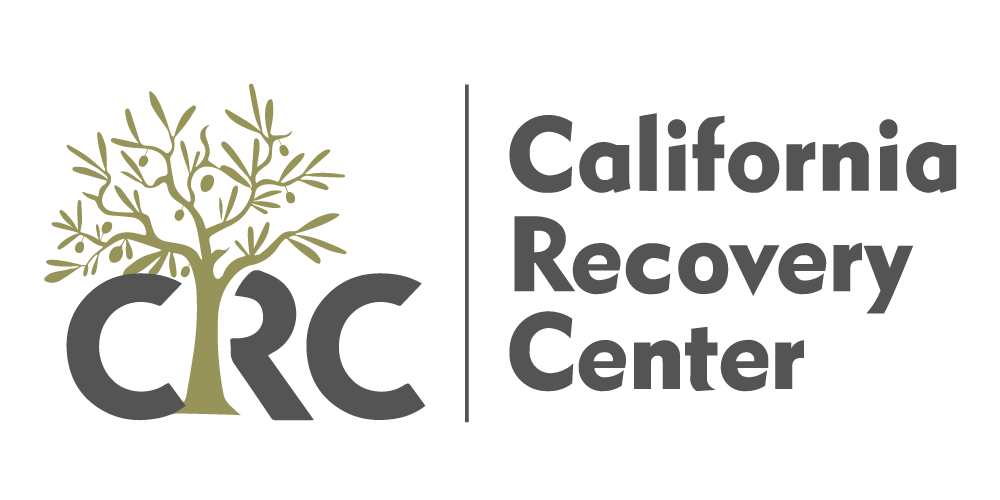Problematic drinking can range in severity from occasionally drinking to harmful levels (commonly referred...
Manny
read more
Is There an Alcohol Rehab for Professionals?
Each year, more than twenty-one million Americans struggle with addiction. For many, there are often...
What Is Mindfulness-Based Addiction Recovery?
The idea of mindfulness practices often invokes visions of yoga classes, meditation, or groups of people...
The Silicon Valley Drug Culture Exposed
When people think of Silicon Valley, they think of technology, the internet, and money. Silicon Valley is...
The Signs of Substance Abuse in the Workplace
The effects of addiction stretch far beyond the physical and psychological struggles an addict faces each...
Rehab for Veterans Explained
The disease of addiction impacts the lives of millions of people and their families every year. It is a...






